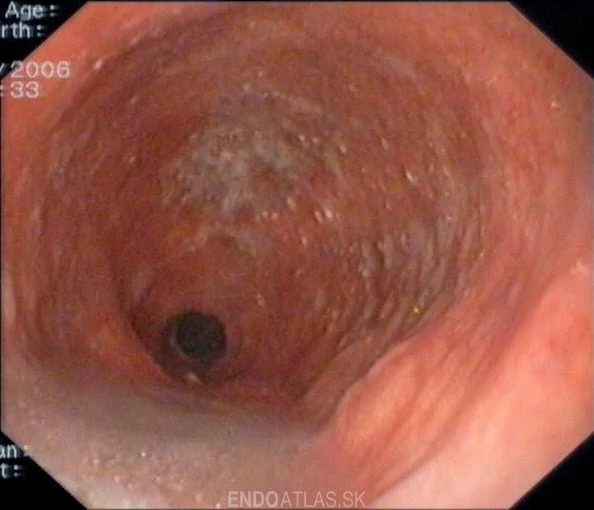Achalasia – Difficulty in Swallowing/Regurgitation
Achalasia is a failure or loss of ability to move food along and the valve at the end of the gullet fails to open to enable food to pass to the stomach. It is a failure of the smooth muscle fibres to relax causing a sphincter to remain closed, failing to open when needed. Achalasia can take place at several areas, along the gastrointestinal tract, achalasia of the rectum, for instance is known as Hirschsprung’s disease. Achalasia is an uncommon ailment which affects around 6000 people in Britain and is at times known as cardio spasm.
An esophageal motility disorder known as esophageal achalasia involves the smooth muscle layer of the esophagus and the lower esophageal sphincter – LES and is characterized by the in completion of the LES relaxation, increased LES tone and the lack of peristalsis of the esophagus, the inability of smooth muscles to move food down the esophagus. Achalasia is related to the difficulty in swallowing, regurgitation and at times connected with chest pain.
Due to Damage/Loss of Nerves in Gullet Wall
Symptoms of this condition could start at any point of time which tends to show up gradually. People with this ailment have dysphagia; a condition of difficulty and at times tends to get painfulwhile swallowing food and may get worse after some years. This may result in bringing up food which could have shortly been consumed after meals and some of the food brought up could have been held in the gullet for some time.
Vomit may also dribble out of the person’s mouth, occasionally and stain the pillow at night and should the same trickle down the windpipe it could result in repeated chest infection or even pneumonia. Achalasia is caused by loss or damage of the nerves in the gullet wall and the reason for this is not known though some believe that it could be the result of a viral infection which may have occurred in life.
Barium/Endoscope/Manometry
Some diagnostic test are performed to diagnose the ailment like a barium swallow which involves drinking a white liquid containing barium chemical that enables the gullet to be seen and videoed through an X-ray. In the case of achalasia, the exit at the bottom end of the gullet does not open properly resulting in delay in passing of barium in the stomach and an ordinary chest x-ray would show a wide gullet.
An endoscope which is a flexible instrument is passed in the throat to enable the doctor to view directly at the gullet lining and stomach where trapped food can easily be visible. The endoscope being a flexible instrument can pass through the tight valve at the lower end of the gullet and in the stomach to check any disorder of the stomach. Manometry is also used to measure pressure waves in the gullet wherein a small plastic tube is passed in the gullet through the mouth or nose and the pressure at various points in the gullet is measured.
Treatment is carried out to disable the valve to enable the food to pass to the stomach with ease and though this condition cannot be cured, there are several ways to reduce the spasms at the end of the gullet and improve the symptoms.







No comments:
Post a Comment